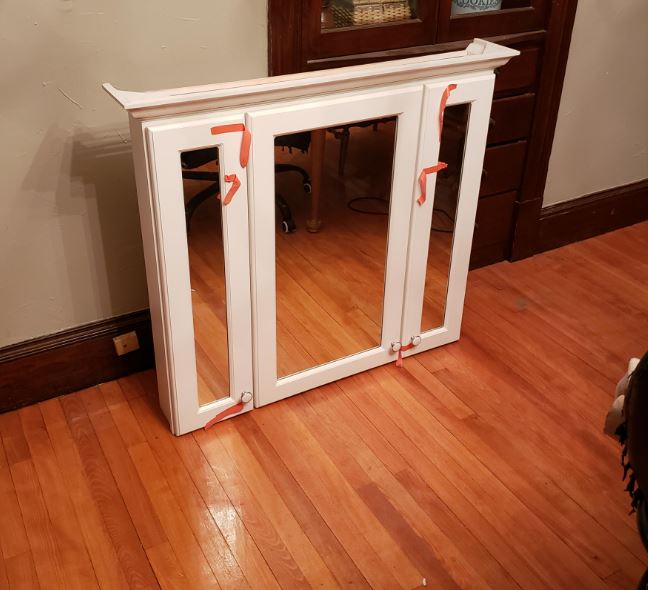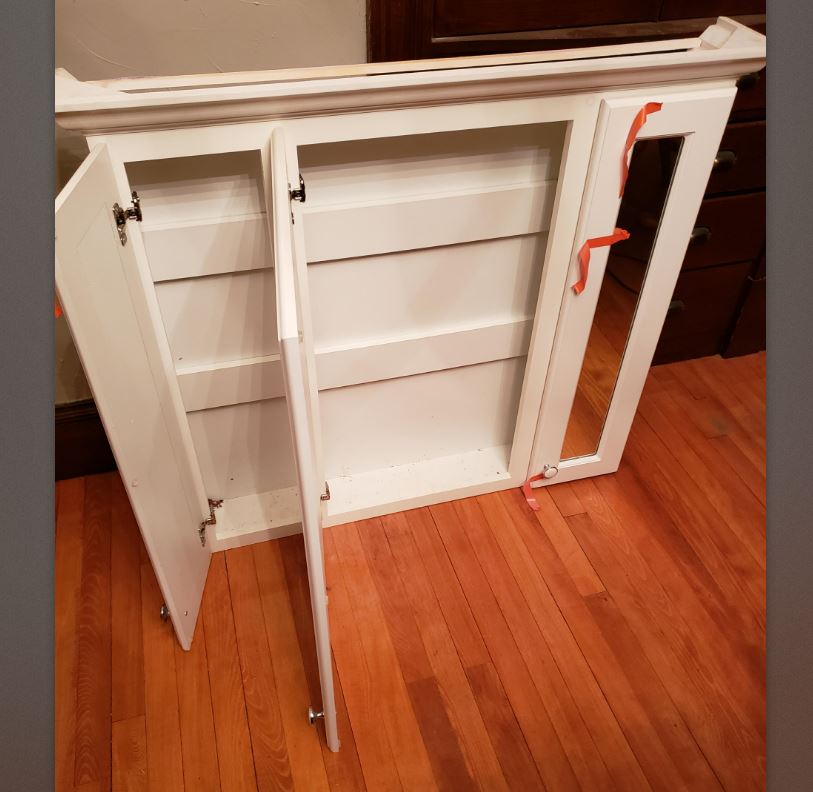Read the statement by Michael Teeuw here.
First time build, looking for suggestions, tips, and hardware recomendations.
-
@j33p4meplz Hi i’m in the same boat i’ve sourced almost everything i’m going to use atv and then MMM-voice to put it to sleep and wake it up i’m using a PS3 eye which is working fine to switch off the modules or HDMI output of the pi the TV will then switch off after 15min i’ll change this in the TV settings to 5min if it has that setting. You gonna run it via ethernet? Got a switch thats going in mine too so i can run other internet devices ie plex ect, Ive got a switch and script on the pi with a button so i can turn the pi on and off as it should be shut down safely the script is executed and powers down boot up is the same but can turn on the tv from its standby mode
-
@j33p4meplz said in First time build, looking for suggestions, tips, and hardware recomendations.:
I’m not 100% sure on what to do for a screen though. I’d love to utilize CEC to handle the on/off functionalities, but thats not a requirement at all. I do have a nightvision camera to put with the Pi, so motion sensing can occur.
Screen is going to be the trickiest part of this, as it looks like you don’t have a lot of space behind the mirror. You’ll likely want to try to find as thin a monitor as your budget allows, and even then you’ll likely need to dismantle it and place things like the power and logic boards in other cavities.
As far as CEC is concerned, all you can really count on is ON and OFF functionality. Each manufacturer supports different sets of CEC commands, but display power and the ability for the connected device to set itself as the source are really the only commands that are universal.
For motion sensing you can use a camera if you wish, but that eats up quite a bit of CPU. Better to get a PIR motion sensor that hooks up to the GPIO. It’s pretty small as-is, but you can make it even smaller by removing the plastic dome that spreads out its sensitivity. I have mine mounted behind my frame and it senses through a 2mm hole. This limits the motion sensor’s field of view so that the mirror only wakes up when you’re standing in front of it, plus you can’t see it, so you don’t have a piece of nerdy tech ruining your otheriwse classy piece of furniture.
If you were thinking that you could also use the camera for facial recognition, keep in mid that it’s SLOW on the Pi. The libraries are not optimized so all image processing is done on the CPU, not on the GPU. When it works it’s freaking cool, but expect it to take 15-30 seconds for the screen to recognize you and update the display accordingly.
-
For a screen, I would recommend looking into a used laptop screen and associated controller board. There’s a little bit more work involved, but should give you a lighter and thinner display device. There are a handful of magic mirror that used a laptop screen out there to get you started.
The screen will likely not cover the entire glass area. You’ll want black paint or black construction paper on the portion of the glass that isn’t covered by the screen.
-
I do have access to a bunch of laptop screens, I was thinking about attempting to daisy chain them. The ideal outcome would have the entire mirror able to have output pushed to it.
The medicine cabinet is 4 3/4" deep, i dont feel like i’d have much problem putting things in the middle section.
-
@j33p4meplz As far as on/off functions go, I think turning it on and off by voice is preferred in most cases. It’s really easy to do with MMM-voice, and then it won’t turn on everytime you walk past it ;-)
-
@mdhenriksen the way my bathroom is set up lends it self to turning on when i’m looking to utilize it. The sink it will be above is just before the shower.
I have been thinking about finding a nice bluetooth speaker (with mic) to use with it, and tapping into google voice or something. itd be nice to have it be able to reach to spotify for music.
-
M matthiasbaker referenced this topic on


